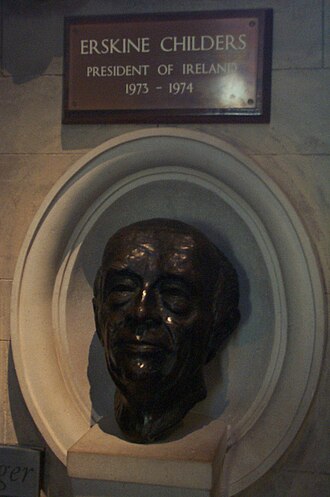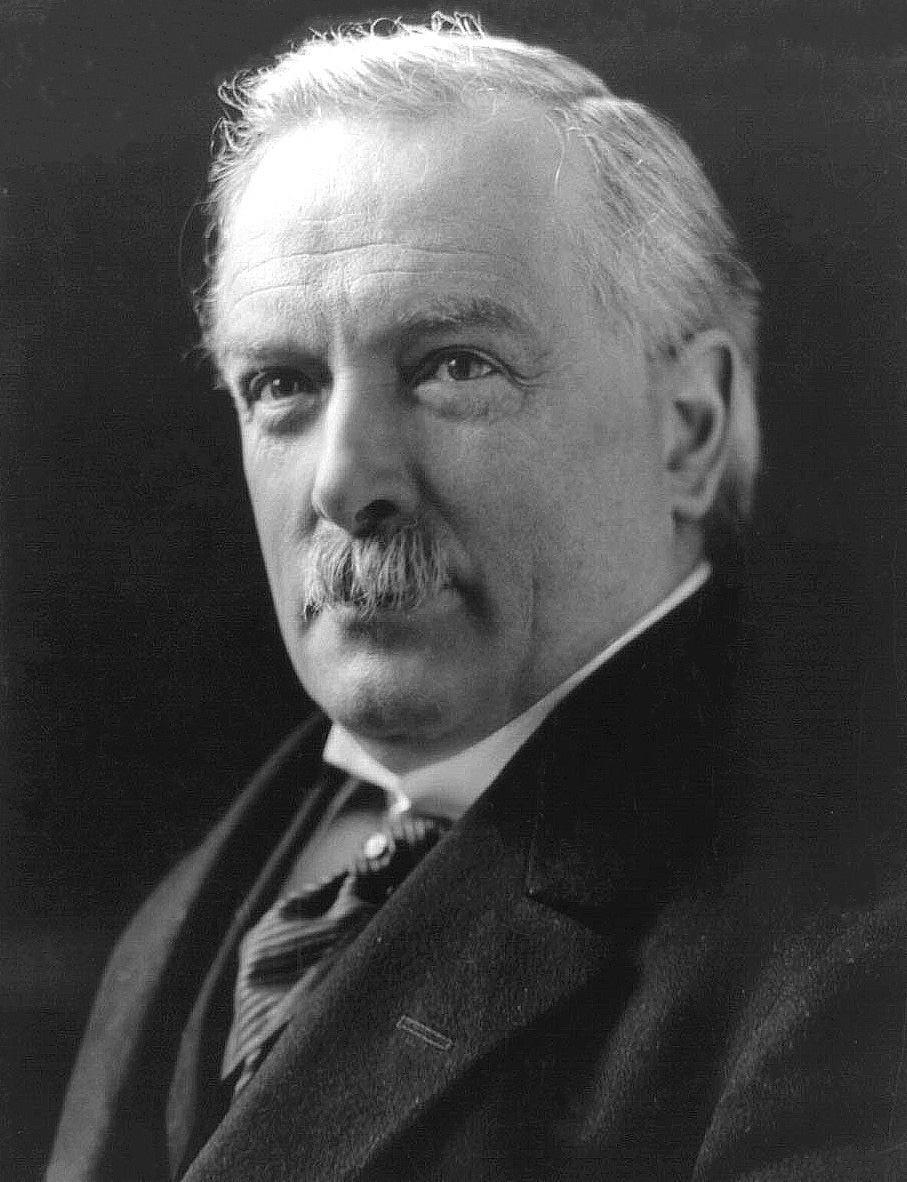12 November 1216: Magna Charta Hiberniae was issued on this day. It was a follow up to the original Magna Carta from the previous year that King John of England was forced to issue at the behest of his Barons in order to placate them from Revolt.
MAGNA CHARTA HIBERNIAE
Henry, by the grace of God, King of England, Lord of Ireland, etc., to all his archbishops, bishops, abbots, earls, barons, justices, sheriffs, reeves, ministers, etc., and to all his faithful people, greeting.
Know that to the honour of God, the exaltation of Holy Church, and the amendment of our kingdom, by advice of Gualo, cardinal priest of St. Martin's, Legate of the Apostolic See, Peter, bishop of Winchester [and ten other bishops], William the Marshall, earl of Pembroke [and other earls and nobles], Hubert de Burgh, our justiciar, and others.
Firstly, we have granted to God, and by his present charter confirmed for us and our heirs for ever, that the Irish Church shall be free, and have all her rights entire and her liberties inviolable.
We have also granted to all free men of our kingdom, for us and our heirs for ever, all the liberties underwritten, to have and to hold to them and their heirs of us and our heirs.
This Charter was issued in Bristol, England by the Justicar of Ireland William Marshall, who was the most powerful man in both countries at that time. Its purpose was to extend to Ireland the rights and privileges that were to be enjoyed by men of similar standing in both jurisdictions. It was basically the importation into Ireland of the reformation of the Feudal System that Magna Carta initiated. In it the Rights of Nobles, Churchmen and the Freemen of the Lordship were to be guaranteed and protected.
However from an Irish perspective what was not said was as important as what was said. The key point is that ‘Freemen’ were in effect those men of Anglo-Norman birth or descent. The Gaelic Irish were not included. But their exclusion was not absolute. The rights of Freemen could be granted if the claimant was suitably loyal or rich or powerful enough to influence the Courts to grant such a privilege to them and their families. Also in effect the practise of the Laws of England was not always so rigid that an Irishman would have no Rights before one, but unlike ‘Freemen’ it was not a given that he would be given a fair hearing - or one at all.
There is though a body of opinion that believes that Magna Carta owed a lot to the Brehon Laws of Ireland for its concepts that laws are separate from the will of a king. In ancient Irish Law the king was not the originator or arbiter of laws but merely a player in their enforcement with the advice of his Brehons - those men learned in the laws of Ireland. Many of the Barons of King John (eg William Marshall) had lands in Ireland and were familiar with its concepts.
see http://ua_tuathal.tripod.com/magna.html
As it happens King John was dead by this time having died of dysentery the previous month while on campaign against his Barons as he tried unsuccessfully to crush them once more. With his death William Marshall became the most powerful of the Barons as King John’s son Henry (Henry III) was but a boy. He must have taken the opportunity to ensure that the ‘Great Charter’ was extended to this Country as by passing this into Law here he would be greatly extending his power to rule the Lordship of Ireland as befitted him and his fellow Barons.



